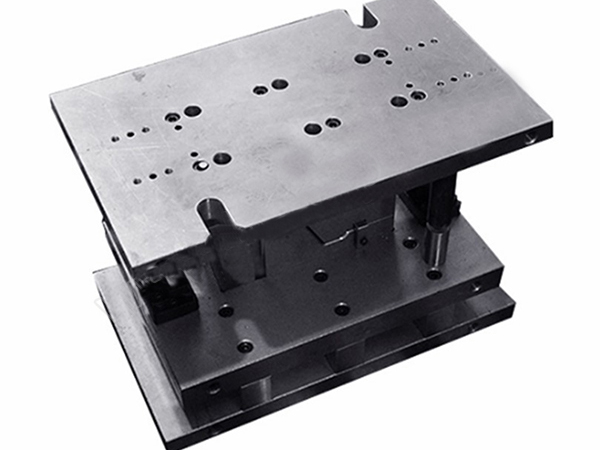Recently, many customers asked me, what does the flexible circuit board mold include? And why do we need to open the mold? How many types of molds are there for flexible circuit boards? How to choose a suitable mold for flexible circuit boards? Today, let us understand the flexible circuit board mold together. FPC molds are always used to cut the shape and covering layer of FPC.

For sample production, usually we use laser molding to save customers’ cost and time, because if you update the new version, the mold will be unusable, therefore, we will use a laser cutting machine to cut the shape and cover layer. However, the production lead time of laser cutting is longer than that of contour cutting tools, which is why we need to open molds for mass production. Usually, there are only four types of molds in our production process.
- Normal mold, it is the most commonly used mold for most flexible circuit boards to cut cover layers and shapes. The FPC appearance tolerance is 0.1mm, and the gold finger size tolerance range can be controlled within 0.15mm.
- Medium-sized silk screen mold: high precision and longer service life. The punching time is about 200,000 times. The punching effect is beautiful and smooth. The tolerance is 0.07mm. But the cost is high, and the mold making time is longer than that of ordinary molds.
- Precision mold: The surface is very smooth, usually used for flexible circuit boards with very strict tolerances. The gold finger tolerance can be controlled within ±0.05mm. But the cost will also be much higher than ordinary molds.
- Knife mold: usually used to cut simple flexible circuit boards, flexible circuit boards with a length of more than 500mm, and adhesives. The tolerance is about ±0.2mm.